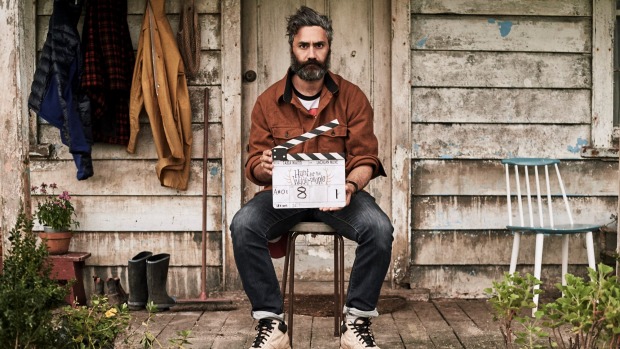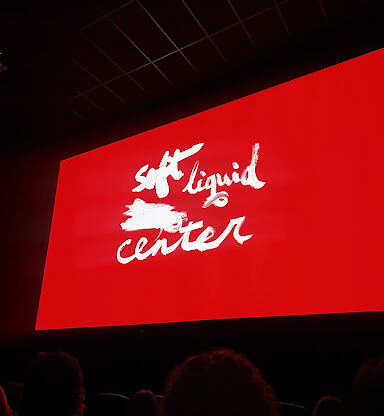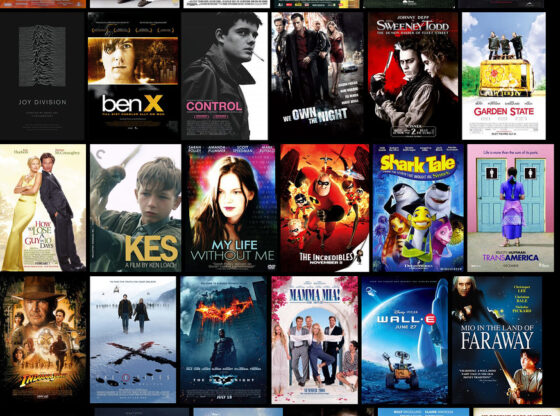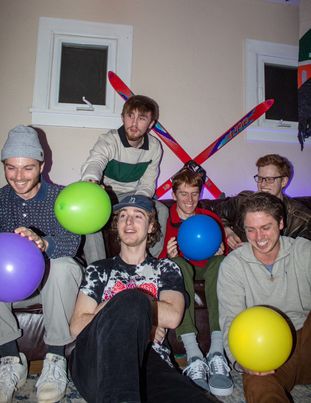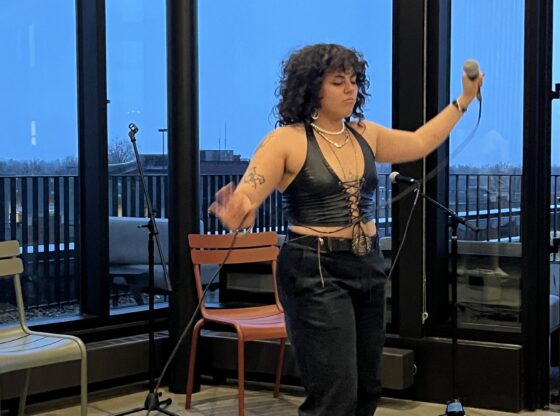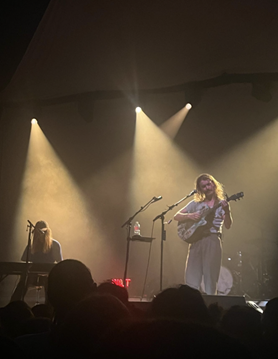The 2016 Sundance Film Festival is being held Jan. 21-31 in Park City, Utah, and is displaying exciting commitment to native artists.
The festival is the largest in the United States, and has selected 122 feature films and 72 shorts films to be featured this year, out of a pool of 12,793 submissions. Of those selected, six are from indigenous artists. Sundance has been around since 1978 when the head of film company Wildwood, Sterling Van Wagenen, wanted to attract more filmmakers to Utah. The name “Sundance” stems from actor Robert Redford (“Butch Cassidy and the Sundance Kid”), the original Sundance kid, who owned Wildwood. Since its start, the festival has been a big break for countless filmmakers including Quentin Tarantino (“The Hateful Eight”), David O. Russell (“Joy”) and Paul Thomas Anderson (“Inherent Vice”).
Sundance’s Native American and Indigenous Program has been in effect for 22 years, and through the support of grants, mentorships and labs, a number of indigenous filmmakers have received the opportunity to engage with their art and share their vital stories. This year, three feature films and three short films from native artists have been selected to compete. Feature films include “The Land” from producer Blake Pickens (Chickasaw Nation), “Hunt for the Wilderpeople” by New Zealand director Taika Waititi (Te Whanau a Apanui), and “Tallulah” from producer Heather Rae (Cherokee). The trio of short films include “Jaaji Approx” by director Sky Hopinka (Ho-Chunk/Pechanga), “The Grandfather Drum” by Canadian director Michelle Derosier (Anishinaabe), and “Mobilize” by Canadian director Carolina Monnet (Algonquin).
Hollywood has received a lot of scrutiny for its lack of diversity in recent history, displayed in the recent trending of #oscarssowhite, so it is great to see some progress being made in terms of representation of native people. For the remainder of the year, Sundance is also hosting 11 native fellows who will take part in one of three of the Sundance Institute Fellowships: the Native Filmmakers Lab Fellowship, the Time Warner Native Producers Initiative and the Full Circle Initiative. These fellowships allow filmmakers to network with industry leaders, take part in screenings, engage in film discussions and connect with other individuals in the indigenous film community. Native artists are receiving much more recognition than in recent years, but there is still much progress to be made.

